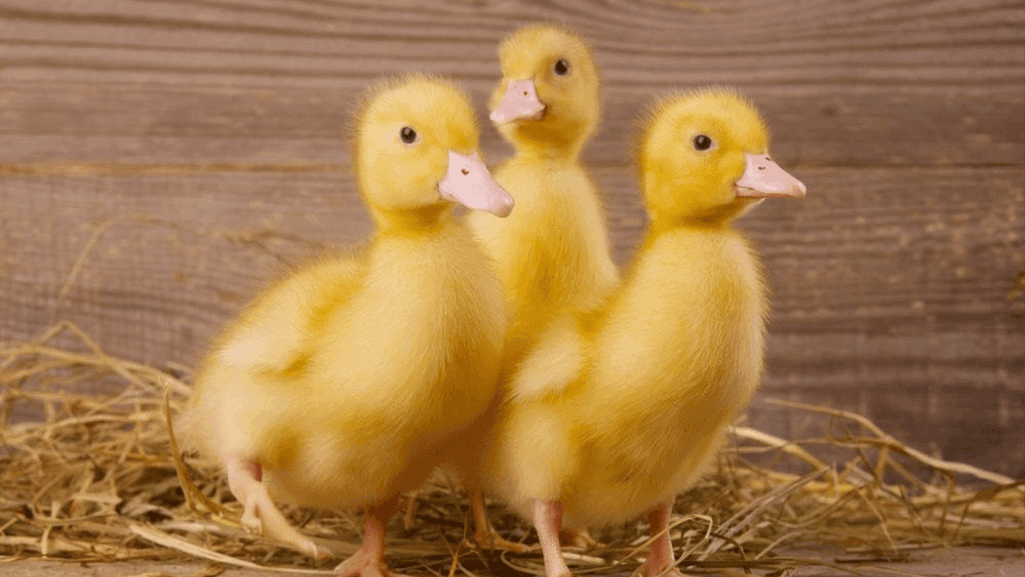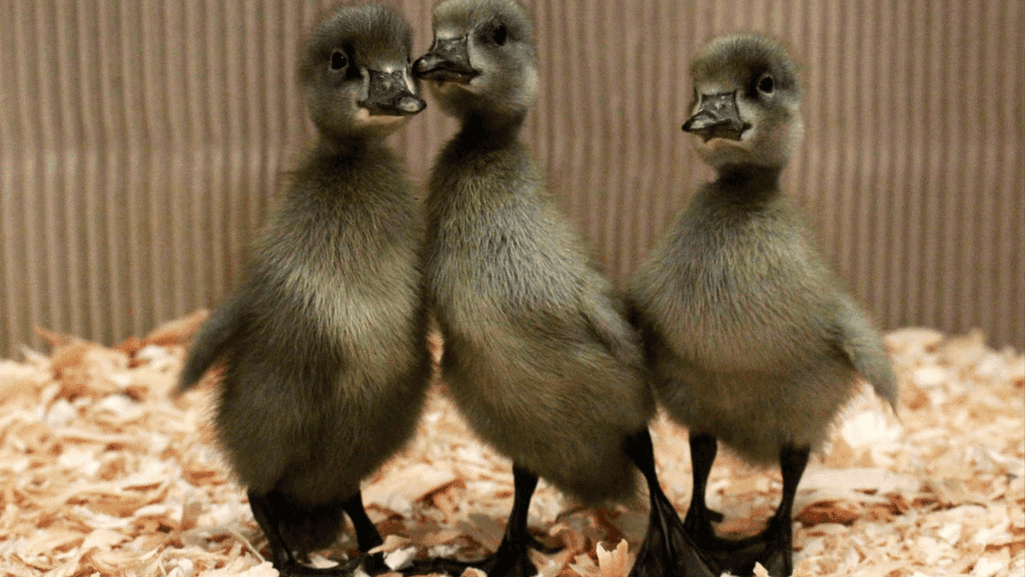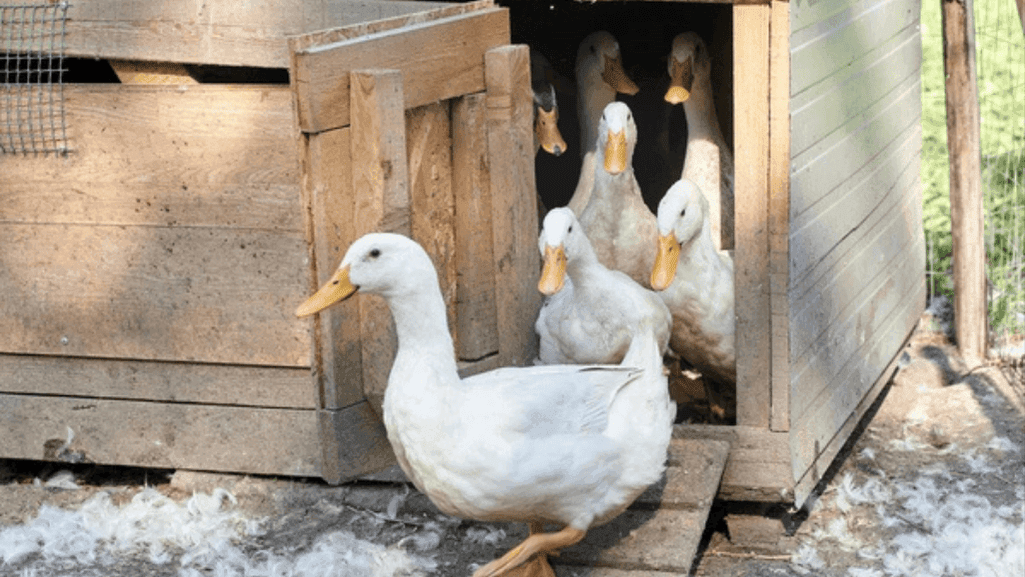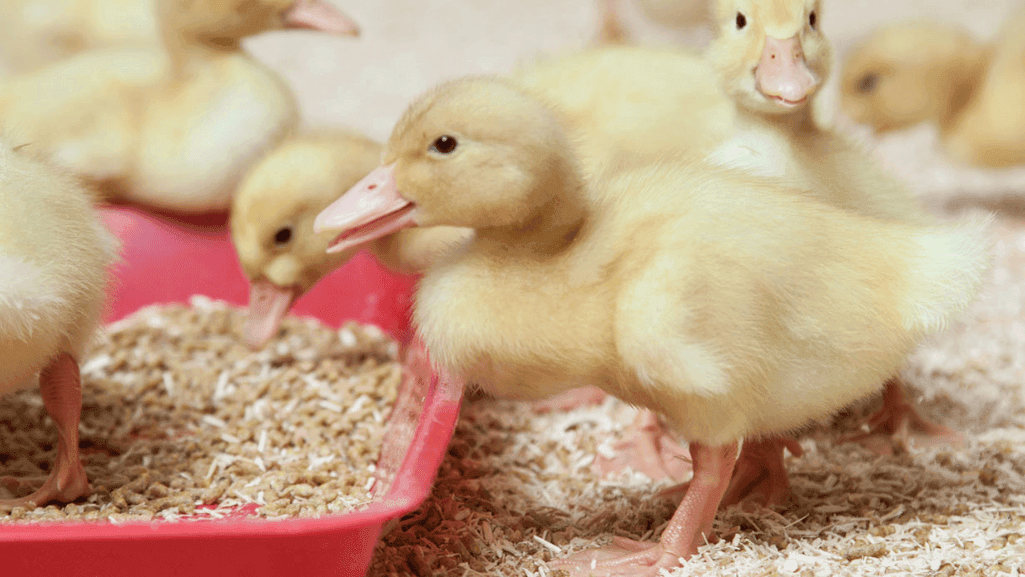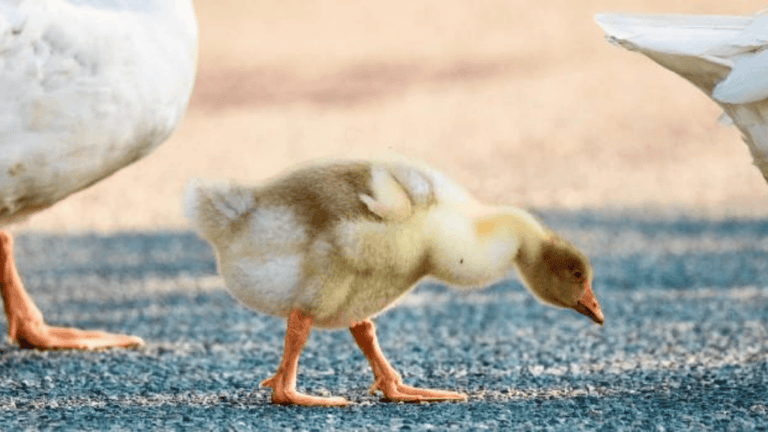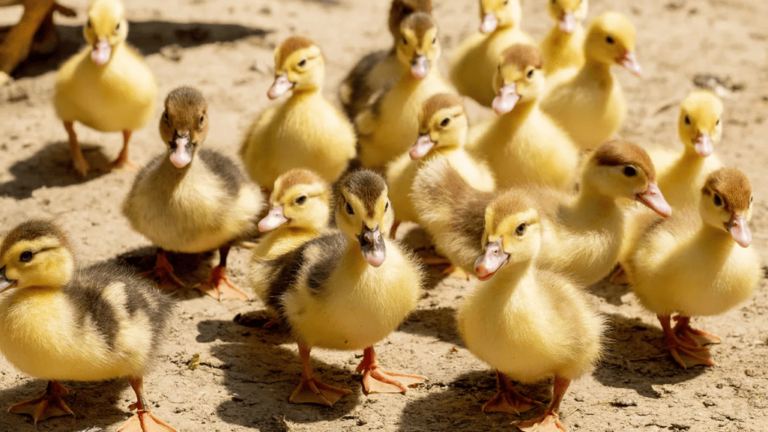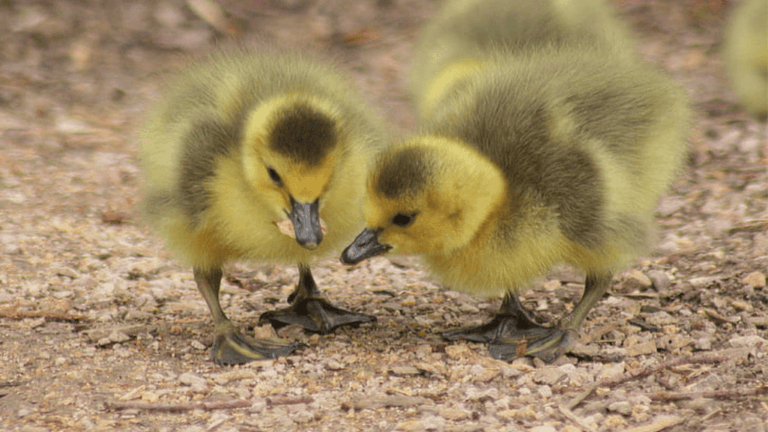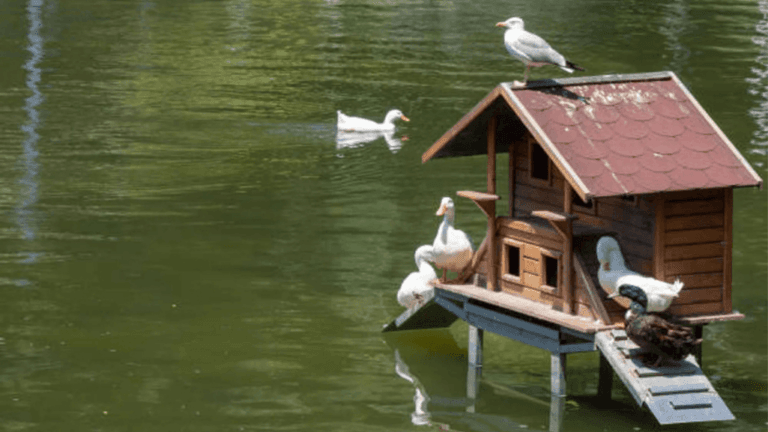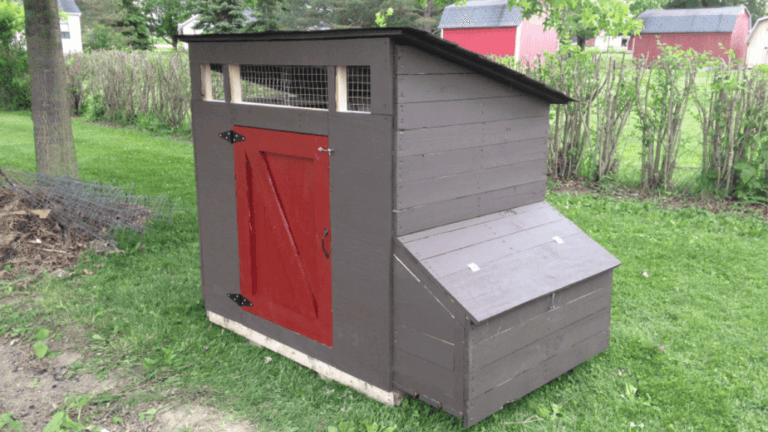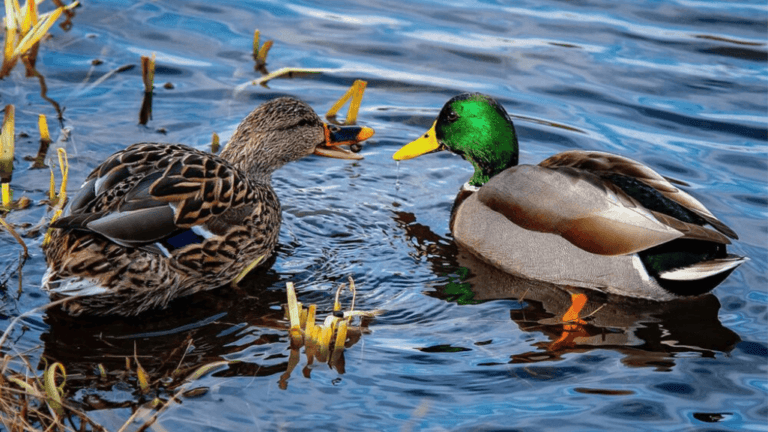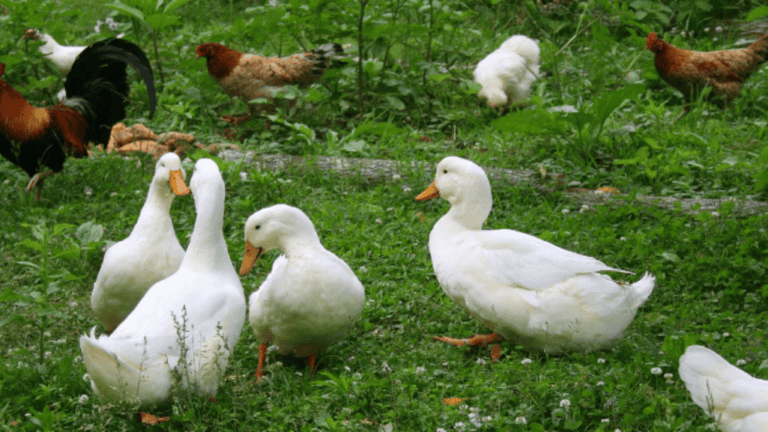Ducklings are adorable and fluffy baby ducks that have captured the hearts of many. They come in various breeds, each with its own unique characteristics and care requirements. Choosing the right duckling breed is key for a successful and enjoyable experience in raising ducklings.
When picking a duckling breed, consider factors like egg production, temperament, and size. Popular breeds include Pekin, Khaki Campbell, Runner, Indian Runner, Cayuga, and Buff ducklings. Pekin ducklings grow fast and are friendly. Khaki Campbell ducklings are great egg producers. Runner ducklings are known for their unique upright posture and active personality.
Mallard ducklings, the most common wild duck species, weigh around 30 to 40 grams at birth. As they grow, ducks can weigh from 0.45kg to 6.8 kilograms, depending on the breed. Female ducks lay between 8 to 15 eggs, with Mallards averaging 11 to 12 eggs per clutch. Muscovy ducks, a larger breed, can lay up to 18 eggs, with 15 being a common average.
Duck eggs are usually incubated for around 28 to 30 days, though Muscovy ducks take up to 36 days. In the Northern Hemisphere, ducks lay eggs from mid-March to the end of July. Mallard ducklings reach skeletal maturity in about 2 to 3 months.
Key Takeaways
- Ducklings come in various breeds with unique characteristics and care requirements.
- Popular duckling breeds include Pekin, Khaki Campbell, Runner, Indian Runner, Cayuga, and Buff.
- Factors to consider when choosing a duckling breed are egg production, temperament, and size.
- Duck eggs are typically incubated for 28 to 30 days, with Muscovy ducks having a longer incubation period.
- Ducks lay eggs during the breeding season, usually from mid-March to the end of July in the Northern Hemisphere.
Introduction to Duckling Breeds
Choosing the right duckling breed is key for a great duck-keeping experience. Ducklings are baby ducks that hatch from eggs. They are covered in soft, fluffy down and grow fast, reaching full size in 2-3 months.
What Are Ducklings?
Ducklings are young ducks, small and delicate. At birth, they are about 10cm long and weigh 30-40 grams. As they grow, their size and weight change, with different breeds growing at different rates.
Ducklings have unique duckling characteristics. Each breed has its own traits, like plumage color and bill shape. For example, Pekin ducklings have bright yellow down, while Rouen ducklings have brown and yellow.
Importance of Choosing the Right Breed
Choosing the right duckling breed is very important. Different breeds are good for different things, like egg laying or being pets. Think about what you want when picking a breed.
- Egg production: Some breeds, like Khaki Campbells, lay a lot of eggs. Others, like Call Ducks, lay fewer but are great pets.
- Temperament: Duckling breeds have different personalities. Indian Runners are energetic, while Pekins are calm and friendly.
- Hardiness: Some breeds, like Muscovy Ducks, can handle extreme weather better.
“Choosing the right duckling breed is the foundation for a successful and enjoyable duck-keeping journey.”
By thinking about what you want, you can pick a duckling breed that fits your needs. This will make your duck-keeping experience rewarding.
Common Breeds of Ducklings
Choosing the right duckling breed is key. Each breed has its own traits, like egg-laying and personality. Let’s look at some popular duckling breeds and what makes them special.
Pekin Ducklings: Characteristics and Care
Pekin ducklings are a favorite among duck lovers. They have white feathers and are calm. They grow fast, reaching 6.50 to 13.00 lbs.
They are easy to care for and fit well in different places. Pekin ducks lay 140 to 200 eggs a year. This includes the Jumbo Pekin and Pekin Grimaud Hybrid.
Khaki Campbell Ducklings: Egg Production and Traits
Khaki Campbell ducklings are great for lots of eggs. They can lay 250 to 300+ eggs per year. They are friendly and easy-going, making them fun to raise.
They have khaki feathers and love to forage. This helps save on food costs.
“Khaki Campbell ducks are the perfect breed for anyone seeking a reliable and abundant source of fresh eggs.”
Runner Ducklings: Unique Features and Personality
Runner ducklings stand out with their upright posture and lively spirit. They are top-notch foragers. They come in many colors and patterns, making them a pretty addition to any place.
They lay about 200 eggs a year. Runner ducks are known for their foraging skills and colorful looks.
It’s important to give all ducklings the right care. This means a safe home, good food, and health checks. With proper care, your ducklings will grow up happy and healthy.
Rare and Heritage Duckling Breeds
Raising ducklings can be exciting and rewarding. Rare and heritage breeds offer a peek into duck farming’s rich history. They help preserve genetic diversity. Let’s explore some fascinating rare and heritage duckling breeds.
Indian Runner Ducklings: History and Distinction
Indian Runner ducklings stand out with their upright posture and high egg production. They come from Southeast Asia and were introduced to Europe in the 19th century. These ducks can lay up to 300 eggs a year, making them great for small farms and backyard keepers.
Their unique look and lively nature make them a joy to have around.
Cayuga Ducklings: Color Variations and Benefits
Cayuga ducklings have stunning black feathers that shimmer with green and purple as they grow. The Livestock Conservancy calls them a “watch” breed, needing care to keep their numbers up. They’re not just beautiful but also great foragers, easy to care for in backyard flocks.
“Cayuga ducks are a joy to raise, and their unique coloration never fails to impress. They’re a true testament to the beauty and diversity of heritage breeds.”
Buff Ducklings: Characteristics of a Dual-Purpose Breed
Buff ducklings are both beautiful and useful. They’re calm and have lovely buff feathers. They weigh 7 to 8 pounds and lay 190 to 240 eggs a year. Their hardiness makes them perfect for meat and eggs, providing plenty for your family.
When choosing rare and heritage ducklings, it’s key to know their needs. With the right care, you can help keep these breeds alive for the future. You’ll also enjoy their many benefits.
Understanding Duckling Care and Raising
Raising ducklings is a fun and rewarding experience. It needs proper care for their healthy growth. Knowing how to house and feed them is key, whether you’re new or experienced.
Essential Housing Requirements for Ducklings
Ducklings need a warm, dry, and draft-free place to thrive. A good brooder is vital for their first 7-9 weeks. It should have proper bedding, a heat source, and good air flow.
The brooder should start at 90°F (32°C) in the first week. Then, lower the temperature by 7°F (4°C) each week. This helps them get ready for cooler temperatures.
Ducklings also need fresh, clean water deep enough to dip their heads. This keeps their eyes and nostrils healthy. They can start swimming at one week in shallow, warm water. But, they need to dry off and go back to their warm brooder to stay warm.
Nutrition and Feeding Guidelines for Ducklings
Good nutrition is key for ducklings’ growth. For the first two weeks, they need high-protein starter feed. Then, switch to grower feed with 15-16% protein until they’re 18 weeks old. After that, they need 16% protein layer feed.
Ducklings eat more feed per ounce of body weight than chicks and require more niacin for bone growth; 1/2 cup of brewers yeast per 10 pounds of feed provides the necessary niacin.
It’s important to give them feed made for waterfowl or non-medicated chick starter/grower. If using chick feed, add niacin. Use 1.5 tablespoons of Brewer’s Yeast per cup of feed. Also, mix 25% raw, uncooked oats with their feed to prevent “Angel Wing.”
By providing a safe, comfortable environment and a well-balanced diet, you can ensure that your ducklings grow into healthy, happy adult ducks.
Health Considerations for Ducklings
When raising ducklings, their health is key. Knowing about common health problems and how to prevent them is important. This helps your ducklings grow strong and healthy. We’ll look at duckling health, including diseases, vaccinations, and care tips.
Common Health Issues in Ducklings
Ducklings face many health challenges. Duck Virus Hepatitis is one, affecting them in their first month and can be deadly. Other diseases include Duck Plague and Avian Cholera.
Environmental factors also affect their health. Aspergillosis and Aflatoxin poisoning can harm them. They are also more vulnerable to toxins than other birds.
Vaccinations and Preventative Care
Preventing duckling illnesses starts with a clean, dry home and the right food. Ducklings need a diet rich in protein, more so in the first two weeks. Fresh water and clean bedding are also vital.
Vaccines can protect them from some diseases. Vaccinations for Duck Virus Hepatitis and Enteritis might be needed. Regular vet visits are important for early detection and treatment.
“An ounce of prevention is worth a pound of cure.” – Benjamin Franklin
Preventative care is key. A balanced diet, a clean home, and vaccines can keep ducklings healthy. Knowing about health issues and acting early is essential for their well-being.
Conclusion: Choosing the Right Duckling Breed for You
When picking duckling breeds, think about what you need. Do you want them for eggs, meat, or as pets? Each breed has its own traits and needs.
Factors to Consider When Selecting a Breed
Egg production is important for many duck owners. Khaki Campbell ducks lay 165 to 240 eggs a year. Welsh Harlequin ducks can lay over 300 eggs annually.
Pekin ducks are good for meat and eggs, laying about 200 eggs a year. Think about the breed’s size too. It affects how much space and food they need. Call ducks are small, while Pekin and Rouen ducks are larger.
Final Thoughts on Raising Ducklings
Raising ducklings is rewarding but needs care and planning. Give them a safe place, the right food, and check their health often. This helps them grow into healthy ducks.
Learn about your breed’s needs and be ready to adjust. With patience and love, raising ducklings can bring joy and help preserve these unique breeds.



